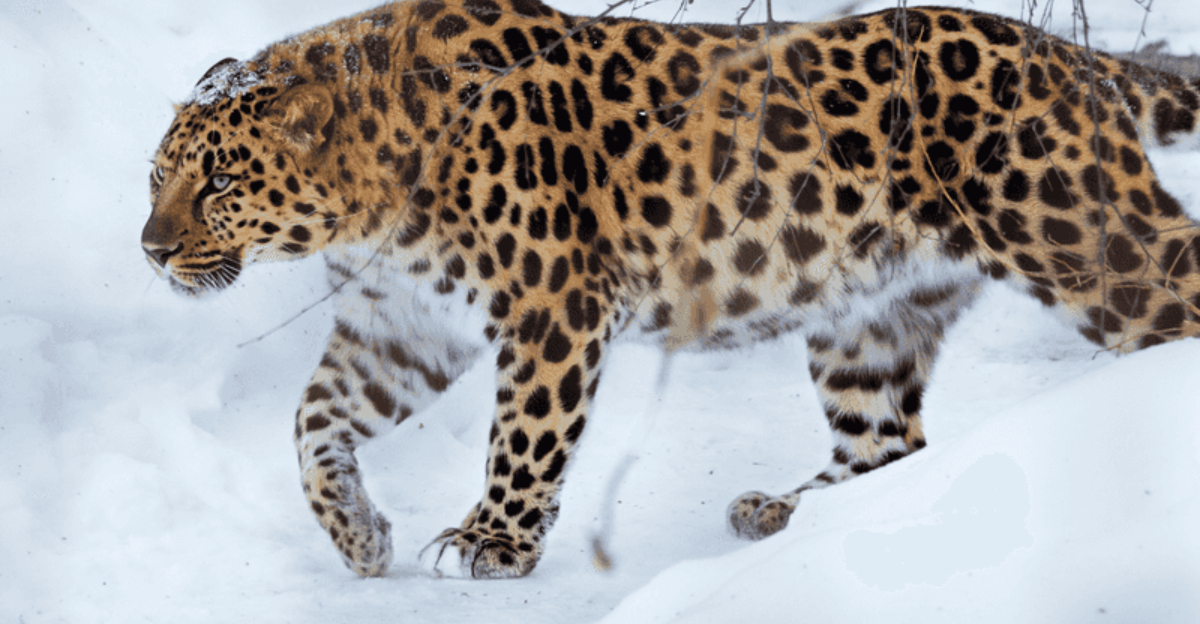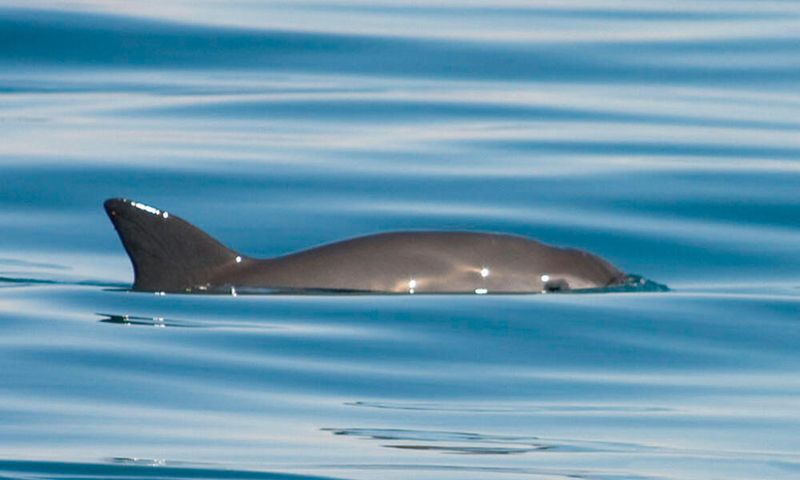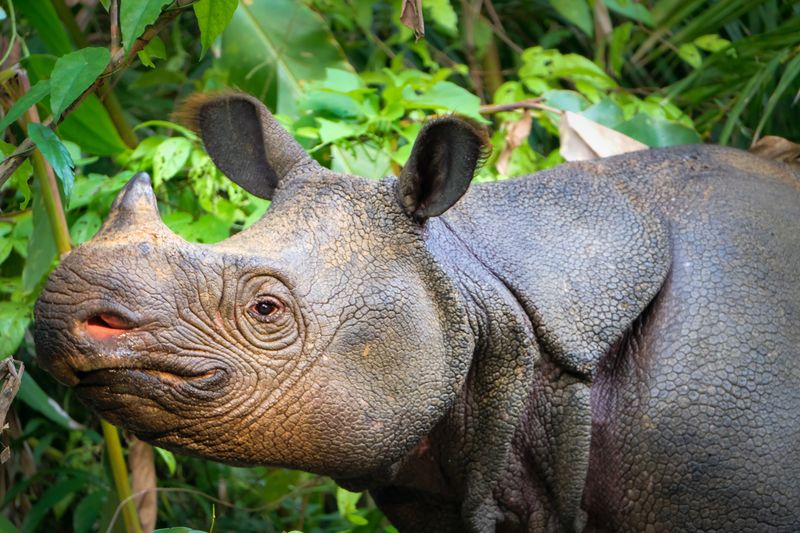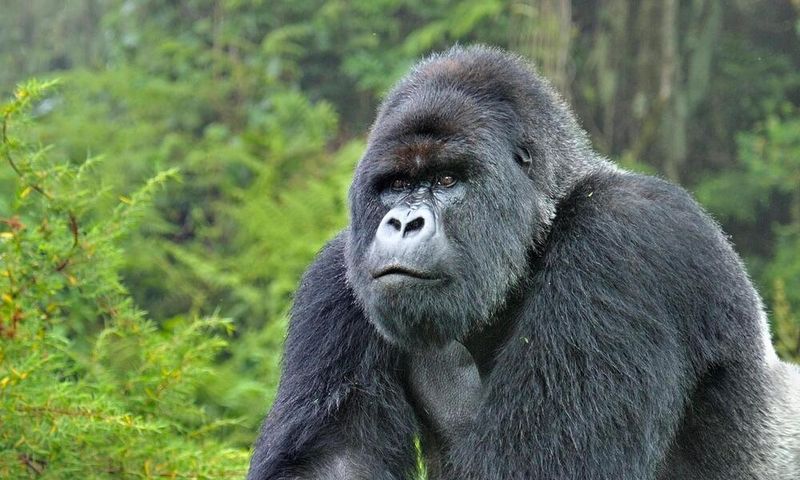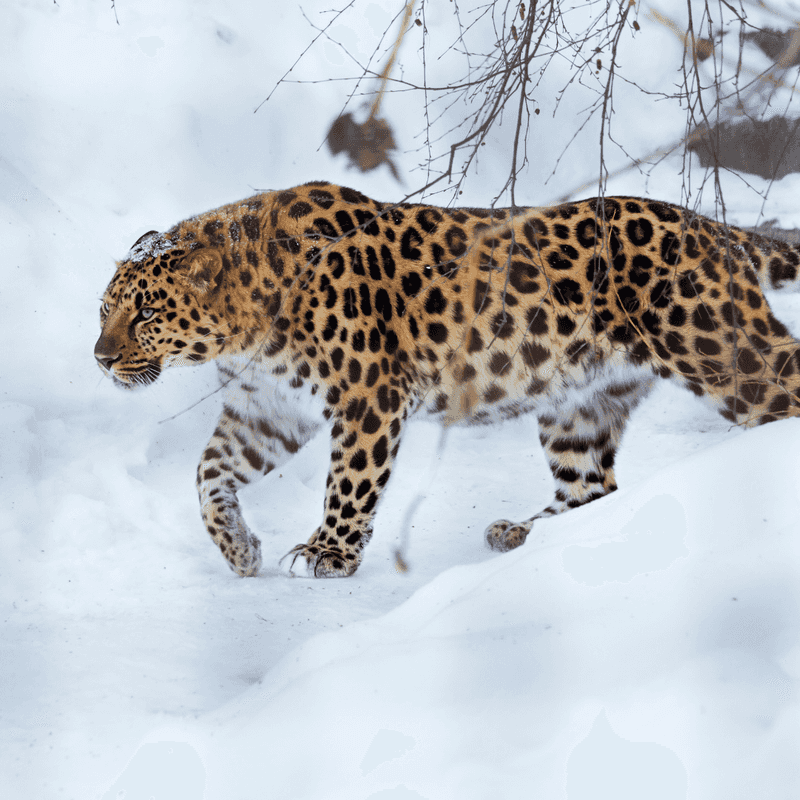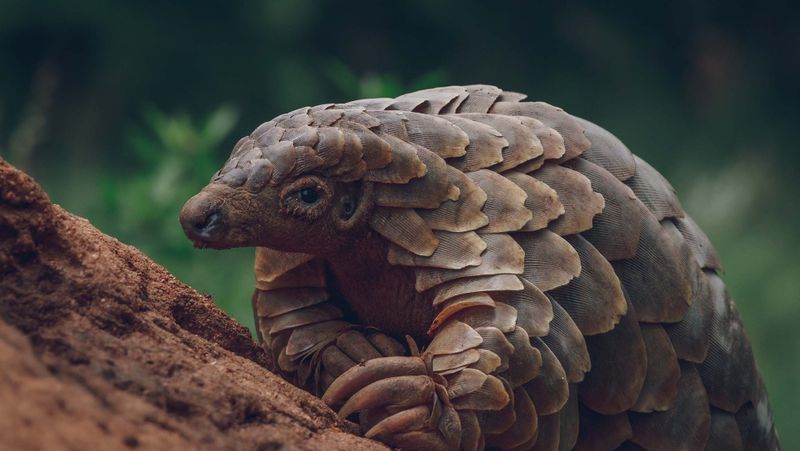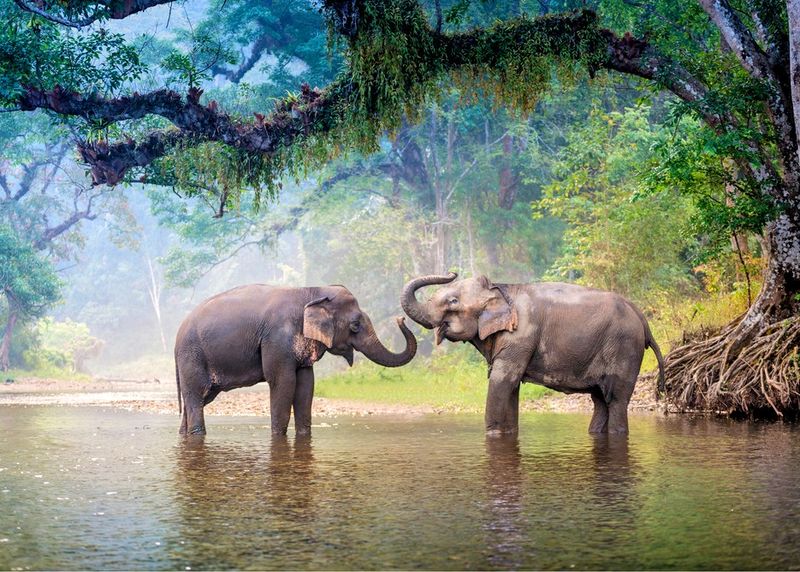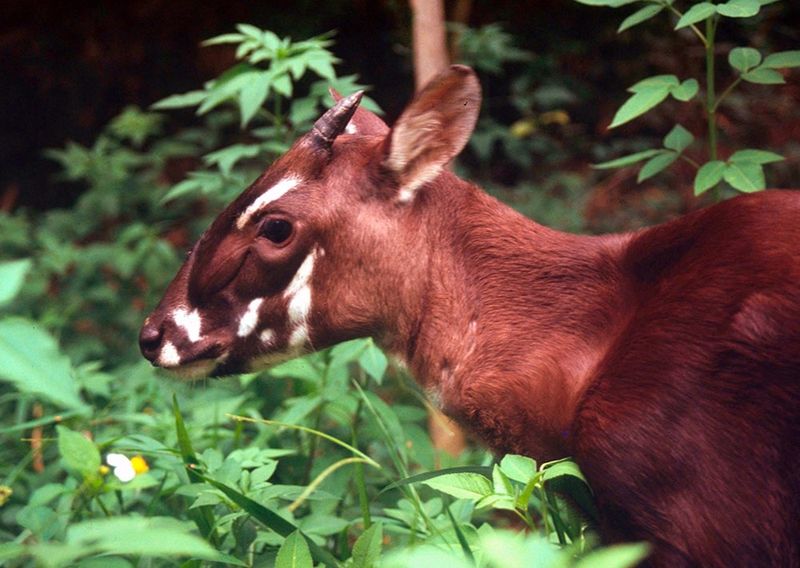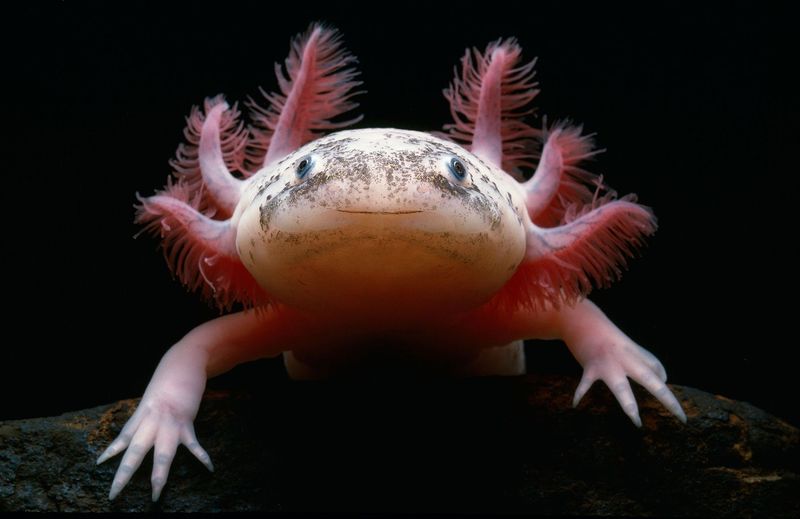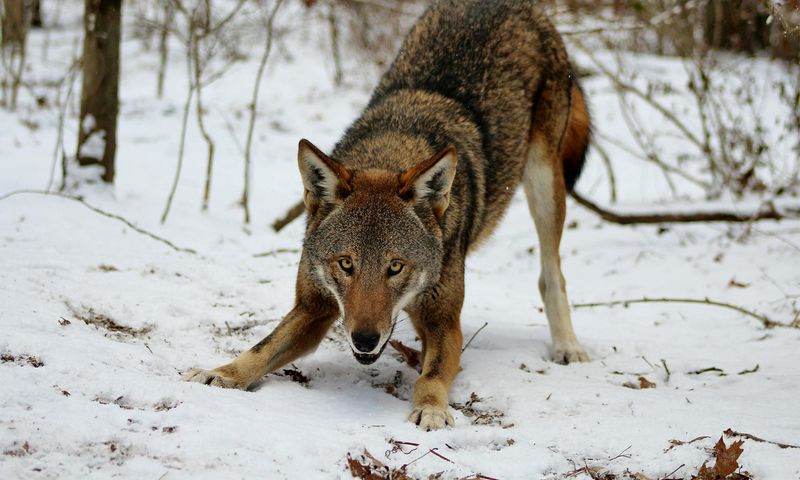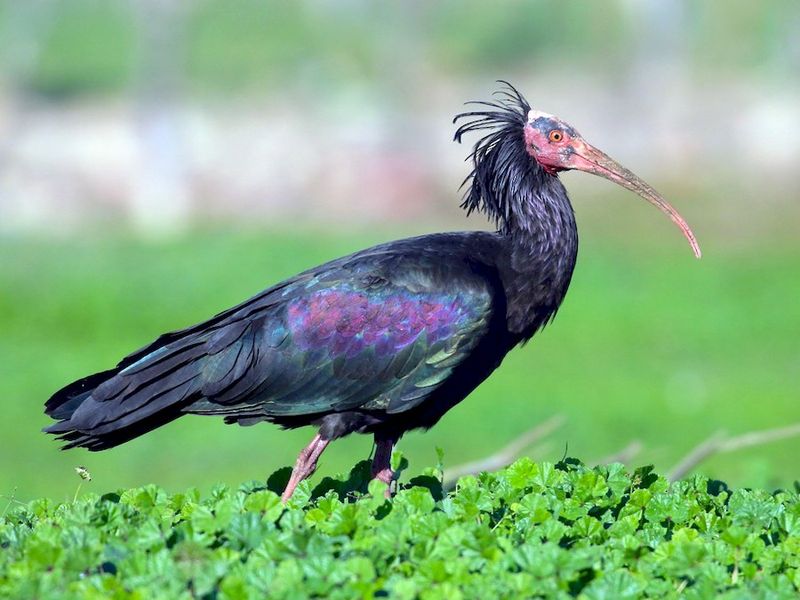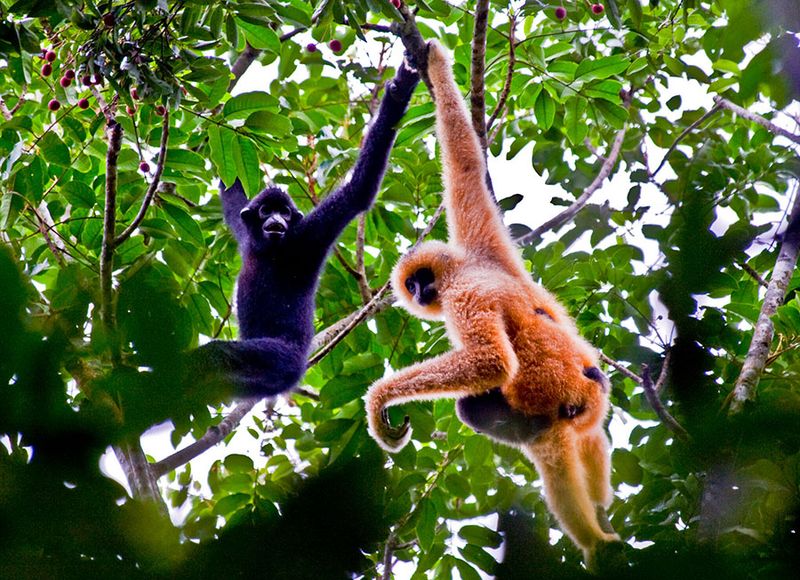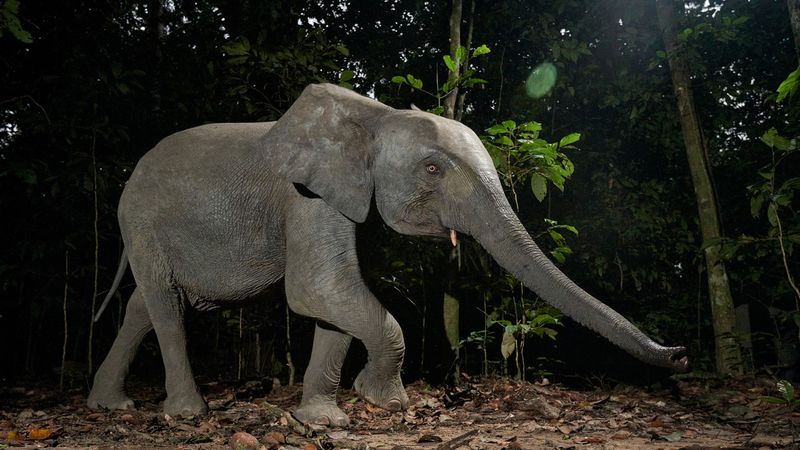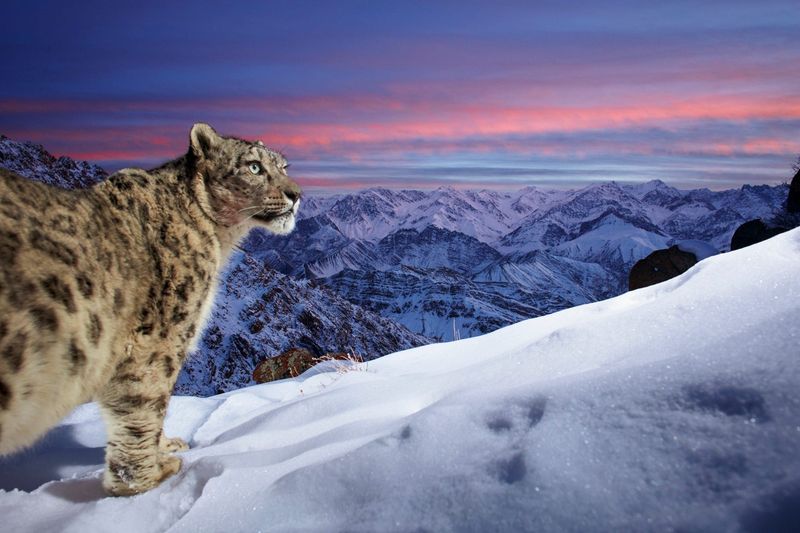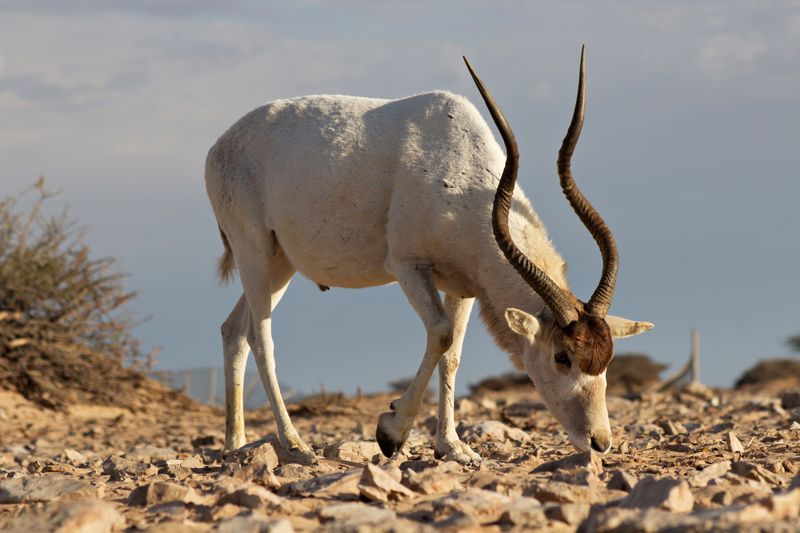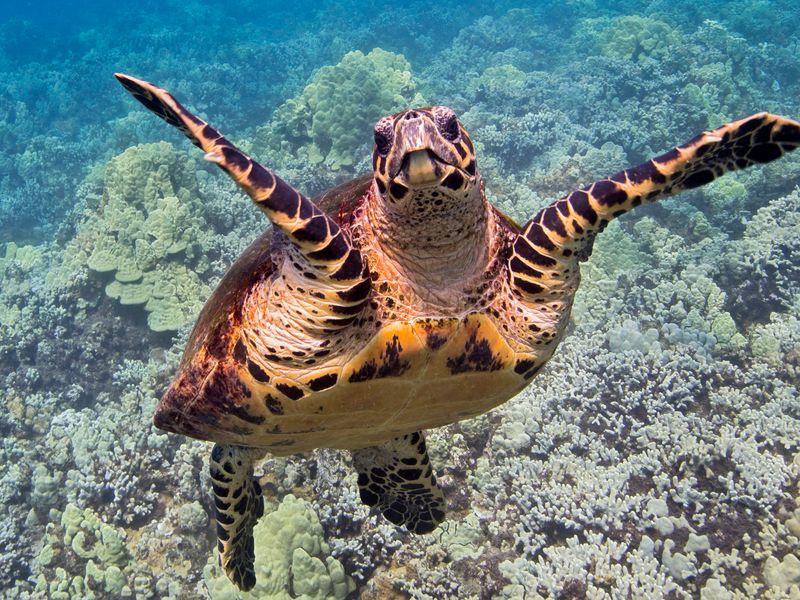Across the globe, countless species are teetering on the edge of extinction due to habitat loss, climate change, poaching, and pollution. These endangered animals are among the most vulnerable—and they urgently need our protection.
Vaquita
The vaquita, a small and elusive porpoise, glides silently through the waters of the northern Gulf of California. With fewer than 10 individuals remaining, it stands as one of the world’s most critically endangered marine mammals. Bycatch in illegal fishing nets has decimated their population.
These gentle creatures possess striking facial markings and a timid nature. Efforts to save them include banning gillnets and promoting sustainable fishing practices. Supporting marine conservation can help ensure their survival. Awareness and advocacy are crucial for protecting these rare porpoises.
Javan Rhino
Deep within Indonesia’s jungles, the Javan rhino roams with a quiet majesty. Only around 70 of these creatures remain, all confined to a single protected area. Poaching and habitat loss have critically endangered their existence.
Their solitary wanderings and unique single horn make them both mysterious and vulnerable. Conservation efforts are focused on habitat protection and anti-poaching measures. By supporting global wildlife initiatives, individuals can play a part in ensuring the Javan rhino’s continued presence in the wild.
Mountain Gorilla
Amidst the misty forests of Central Africa, mountain gorillas thrive in familial groups, showcasing tender bonds and gentle behavior. Fewer than 1,100 remain, but dedicated conservation efforts have seen their numbers slowly rise.
These majestic apes face threats from habitat loss and human encroachment. Their expressive eyes and nurturing nature endear them to many. Supporting conservation organizations and ecotourism initiatives help ensure their habitat remains protected.
Through mindful interaction and awareness, people can contribute to the preservation of these irreplaceable primates.
Amur Leopard
With striking golden coats adorned with beautiful rosettes, Amur leopards are a rare sight in the wild. Fewer than 100 individuals roam the forests of the Russian Far East, making them one of the most endangered big cats. Their dwindling numbers are largely due to habitat destruction and poaching.
These solitary creatures are known for their incredible agility and keen senses, allowing them to adapt to various terrains. Conservation efforts focus on protecting their natural habitats and reducing poaching threats. People worldwide can help by supporting organizations dedicated to wildlife conservation.
Pangolin
With armor-like scales and a shy demeanor, pangolins are the world’s most trafficked mammals. Their unique appearance and gentle nature make them targets for illegal trade, pushing all eight species toward extinction.
Native to various regions, pangolins play a crucial role in pest control. Conservation groups are working tirelessly to combat poaching and raise awareness about their plight. Supporting these efforts and advocating for stronger wildlife protection laws can help safeguard pangolins.
Their survival depends on global action and community involvement.
Asian Elephant
Asian elephants, with their large ears and gentle presence, are a beloved symbol of the wild. Fewer than 50,000 remain due to habitat loss and human-wildlife conflict, diminishing their chances of thriving in the wild.
These majestic creatures form close family bonds and play a vital role in forest ecosystems. Conservation efforts focus on habitat protection and conflict resolution. By supporting elephant conservation programs, individuals can help preserve these magnificent animals.
Raising awareness and promoting coexistence are key to their future survival.
Saola
Dubbed the “Asian unicorn,” the saola is a creature wrapped in mystery. Discovered only in 1992, this elusive animal is critically endangered, with its habitat in the forests of Laos and Vietnam under constant threat.
With long, graceful horns and a secretive demeanor, saolas capture the imagination. Conservationists strive to protect their habitat and prevent hunting. Supporting wildlife initiatives in these regions can aid in their preservation.
The saola’s enigmatic presence calls for urgent action to ensure its continued existence.
Kakapo
Once on the brink of extinction, the kakapo, a flightless night parrot, now teeters on hope thanks to intense conservation efforts. Fewer than 250 remain, thriving on predator-free islands in New Zealand.
With vibrant green plumage and a charmingly quirky personality, kakapos captivate conservationists. Breeding programs and habitat protection are critical to their survival. Supporting these efforts ensures their unique song continues to echo through the night.
Public awareness and involvement are vital to safeguarding this treasured species.
Axolotl
In the serene lakes of Mexico swims the axolotl, an extraordinary amphibian known for its regenerative abilities. Pollution and invasive species have pushed it to the brink, making it critically endangered.
With feathery gills and a permanent smile, axolotls enchant scientists and enthusiasts alike. Conservation efforts focus on habitat restoration and captive breeding programs. Supporting these initiatives can help secure their future.
Their existence embodies resilience and the wonders of nature, urging us to protect their watery homes.
Red Wolf
In the wild terrains of the southeastern United States, the red wolf stands as a symbol of survival against the odds. With fewer than 20 individuals left in the wild, its existence is perilously fragile.
Possessing a striking reddish coat and a rare aura, red wolves face threats from habitat loss and hybridization. Conservation programs aim to bolster their numbers through breeding and habitat protection. Public support and advocacy can help secure their future.
Efforts in education and habitat restoration are key to their resurgence.
Northern Bald Ibis
The northern bald ibis, with its unique appearance, stands out in the avian world. Once widespread, small populations now exist only in Morocco, the Middle East, and recent reintroduction sites.
With glossy black feathers and a striking bald head, these birds captivate and intrigue viewers. Conservation efforts focus on habitat preservation and reintroduction programs. Supporting these initiatives can help ensure their survival.
Their comeback story is a testament to dedicated conservation work and human determination.
Hainan Gibbon
High in the trees of China’s Hainan Island, the Hainan gibbon swings with elegance and grace. As the world’s rarest primate, fewer than 35 individuals remain, making its plight critically urgent.
With long limbs and expressive eyes, these gibbons captivate hearts. Conservation efforts focus on habitat protection and population monitoring. Supporting these initiatives is crucial to their survival.
Their presence in the wild is a delicate balance, urging us to protect their treetop homes.
Yangtze Giant Softshell Turtle
In the rivers of China, the Yangtze giant softshell turtle faces a dire future. With possibly only two known individuals remaining, and both male, its extinction looms large.
Characterized by its soft shell and gentle nature, this turtle is a symbol of the urgent need for conservation. Efforts focus on habitat protection and breeding programs if a female is found. Global awareness and support can aid in its preservation.
Their story urges immediate action to save what’s left of their dwindling population.
African Forest Elephant
Deep in the jungles of Central Africa, the African forest elephant moves with grace and agility. Their populations have declined by more than 86% due to poaching for ivory.
With smaller frames and unique tusks, these elephants are vital to forest ecosystems. Conservation efforts focus on anti-poaching measures and habitat protection. Supporting these initiatives helps ensure their survival.
Their presence enriches the forest, calling for our protection and respect.
Snow Leopard
In the cold, rocky mountains of Central Asia, the snow leopard roams silently, a symbol of mystery and beauty. Facing threats from poaching and loss of prey, an estimated 4,000–6,500 remain.
With a thick spotted coat and piercing gaze, snow leopards are captivating and elusive. Conservation programs aim to protect their habitat and prey species. Public support and awareness are crucial.
Their survival in harsh climates reminds us of the delicate balance in nature.
Addax Antelope
In the harsh environment of the Sahara, the addax antelope endures as a symbol of resilience. Nearly extinct in the wild, overhunting and habitat disruption have decimated their numbers.
With spiral horns and sandy coats, addaxes are uniquely adapted to desert life. Conservation efforts focus on habitat restoration and protection. Supporting these programs can help secure their future.
Their persistence in adversity calls for our stewardship and care.
Hawksbill Sea Turtle
Beneath the ocean waves, the hawksbill sea turtle glides with elegance. Hunted for its stunning shell, used in jewelry, this turtle is critically endangered but protected by international law.
With striking patterns and a vital role in marine ecosystems, hawksbills captivate divers and conservationists. Efforts focus on habitat protection and curbing illegal trade. Supporting these initiatives can help ensure their survival.
Their presence in the oceans is a reminder of nature’s beauty and fragility.
